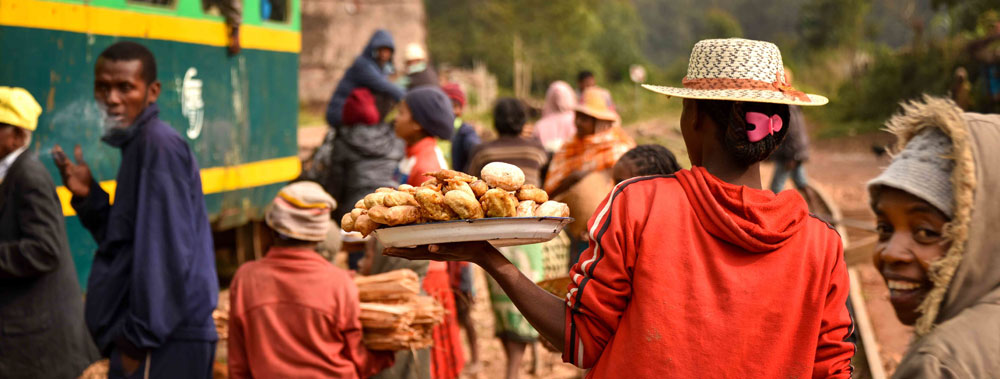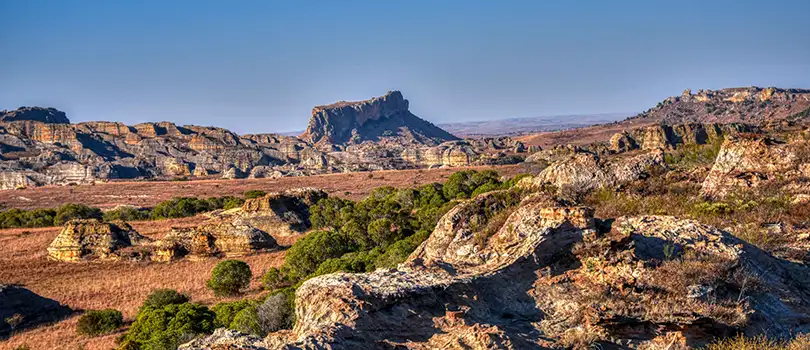Madagascar, renowned for its biodiversity and unique landscapes, also boasts a culinary tradition as diverse and captivating as its wildlife. Malagasy cuisine is a fusion of flavors influenced by Southeast Asian, African, and European culinary traditions. From hearty rice-based dishes to tropical fruit desserts, Madagascar’s food culture offers travelers a delicious window into its rich heritage.
In this post, we’ll dive into the island’s traditional cuisine, highlight unique ingredients, and explore how culinary experiences connect travelers to Madagascar’s vibrant cultural landscape—all while supporting sustainable travel.
A Foundation of Rice and Flavorful Accompaniments

At the heart of Malagasy cuisine is rice, or vary, which is served with nearly every meal. Madagascar is one of the world’s top consumers of rice per capita, and its significance goes beyond sustenance—it’s deeply ingrained in cultural traditions.
Rice is typically accompanied by laoka, a side dish that can range from vegetable stews to meat or fish preparations. The diversity of laoka reflects the island’s regional differences, with coastal communities favoring seafood and inland areas showcasing zebu (cattle) and poultry.
Travel Tip: For a classic Malagasy meal, try vary sy hen’omby (rice with zebu meat) paired with a dollop of spicy sakay (Malagasy chili paste) for an extra kick.
Iconic Dishes of Madagascar
1. Romazava: The National Dish
A flavorful stew made with zebu meat, leafy greens, and aromatic spices, romazava is considered Madagascar’s national dish. The greens, often including local varieties like brèdes mafana, add a slight bitterness and a unique tingling sensation to the palate.
Where to Try It: Local restaurants in Antananarivo often serve authentic versions of romazava. Pair it with a side of rice and homemade sakay.
2. Ravitoto: A Taste of Tradition
Made from finely pounded cassava leaves cooked with pork and coconut milk, ravitoto is a dish that captures the essence of Malagasy cooking. Its earthy flavor is both comforting and unique.
Travel Tip: Look for ravitoto in rural villages or family-run eateries for the most authentic experience.
3. Mofo Gasy: Malagasy Street Food Delight
This sweet, pancake-like snack is made from rice flour, sugar, and coconut milk. Cooked over charcoal in small molds, mofo gasy is a popular breakfast item served with coffee.
Where to Find It: Street vendors in markets and busy towns like Antsirabe or Fianarantsoa offer freshly made mofo gasy.
4. Koba: A Sweet Treat
Koba is a traditional Malagasy dessert made from rice flour, peanuts, and brown sugar, wrapped in banana leaves and steamed. Its nutty flavor and dense texture make it a favorite treat among locals.
Travel Tip: Pick up koba at roadside stalls during your travels for a quick and satisfying snack.

Unique Ingredients That Define Malagasy Cuisine
- Vanilla
Madagascar is the world’s largest producer of vanilla, and its quality is unmatched. This aromatic spice is used in everything from desserts to savory dishes.
Sustainable Travel Insight: Visit a vanilla plantation near Sambava to learn about the cultivation process and support local farmers.
- Cloves and Spices
The eastern regions, like Tamatave, are known for their clove production. Other spices, including cinnamon and nutmeg, also play a significant role in Malagasy cuisine. - Zebu
Zebu, a type of cattle, is central to Madagascar’s diet and culture. Its meat is featured in many traditional dishes, while the animal itself holds cultural significance in ceremonies and rituals. - Tropical Fruits
Madagascar’s tropical climate produces an abundance of fruits, including lychees, mangos, bananas, and jackfruit.
Fun Fact: Lychees are a seasonal favorite and often exported during the holidays, earning Madagascar the nickname “Lychee Island.”
Culinary Experiences That Enrich Travel
- Farm-to-Table Dining
Many eco-lodges and boutique hotels in Madagascar emphasize farm-to-table dining, offering meals made with locally sourced ingredients. This approach not only ensures freshness but also supports sustainable farming practices.
Where to Go: Properties like Anjajavy L’Hôtel and Eden Lodge provide immersive dining experiences featuring organic produce and fresh seafood.
- Cooking Classes with Locals
Participating in a Malagasy cooking class is a fantastic way to connect with the culture and learn how to prepare traditional dishes.
What You’ll Learn: Mastering romazava or making mofo gasy from scratch. Classes often include a visit to a local market to select fresh ingredients.
Recommended Locations: Many villages near Andasibe or Antananarivo offer community-based cooking experiences.
- Street Food Adventures
Madagascar’s bustling markets are a treasure trove of flavors. Try grilled skewers of zebu, fresh coconut, or fried bananas from street vendors for a taste of everyday Malagasy life.
Top Spots: Explore the markets of Antsirabe or Diego Suarez for a sensory feast.

Discover Madagascar with Dadamanga
Sustainable Travel Through Food
Madagascar’s culinary traditions are deeply tied to its land and people. By supporting local food vendors, eco-conscious restaurants, and community cooking classes, travelers can positively impact the local economy while experiencing the island’s authentic flavors.
Responsible Choices:
- Choose restaurants and lodges that prioritize local sourcing and eco-friendly practices.
- Avoid contributing to food waste by ordering only what you can eat.
- Respect local customs and etiquette when dining with Malagasy hosts.
Why Exploring the Cuisine Matters in Madagascar
Exploring Madagascar’s cuisine is more than just savoring delicious meals—it’s a journey into the island’s history, culture, and traditions. Each dish tells a story of adaptation, resilience, and connection to the land.
For travelers, experiencing Malagasy food is a way to engage deeply with the country, fostering a greater appreciation for its people and environment. Whether enjoying a simple bowl of rice and ravitoto or indulging in a gourmet vanilla-infused dessert, Madagascar’s culinary heritage offers flavors that linger long after the journey ends.
Cover photo by Alex P on Unsplash. Other images by Nantenaina Andrianjaka and Rod Waddington.














